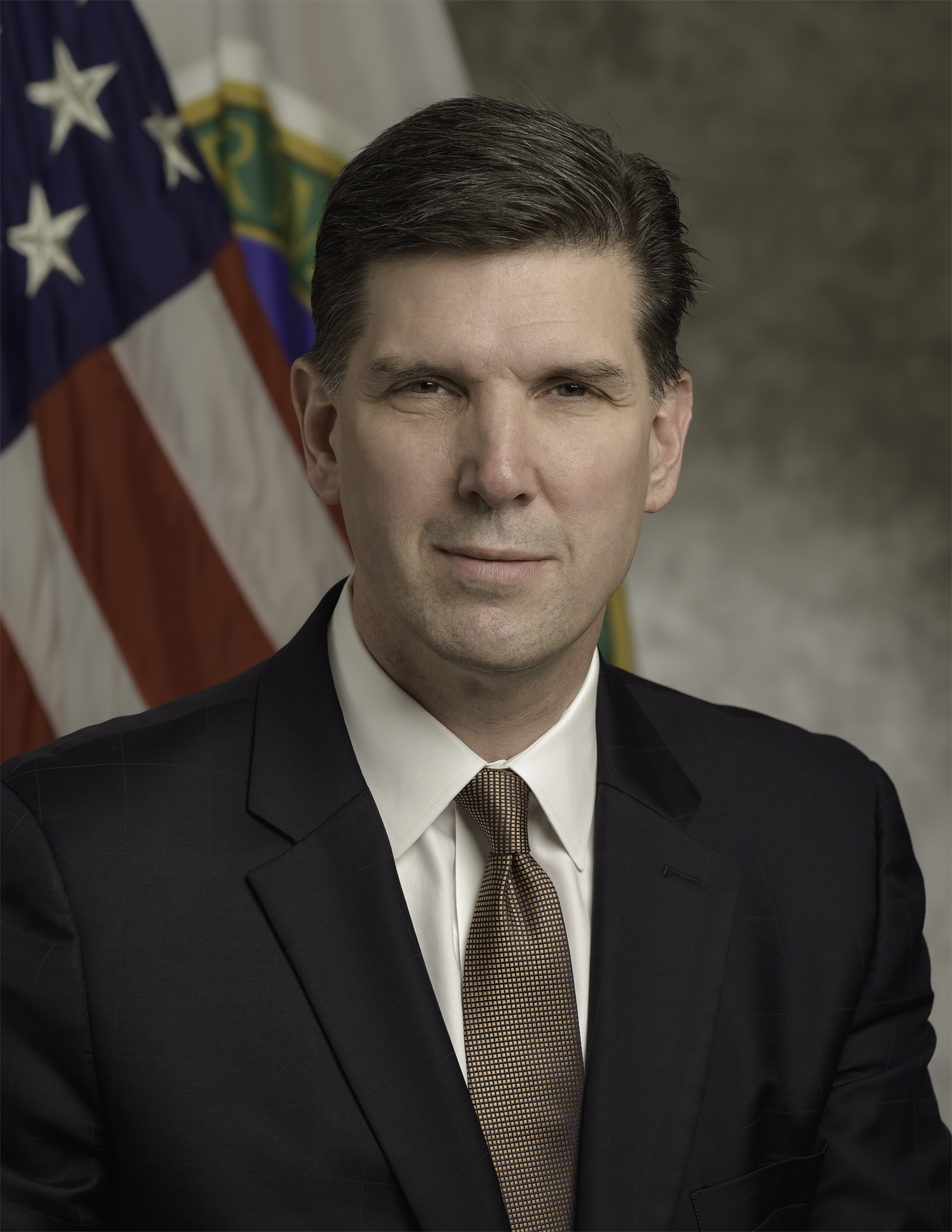The FitzPatrick nuclear station in Scriba, Oswego County, generates more than 800 megawatts of electricity for the region.
August 22, 2018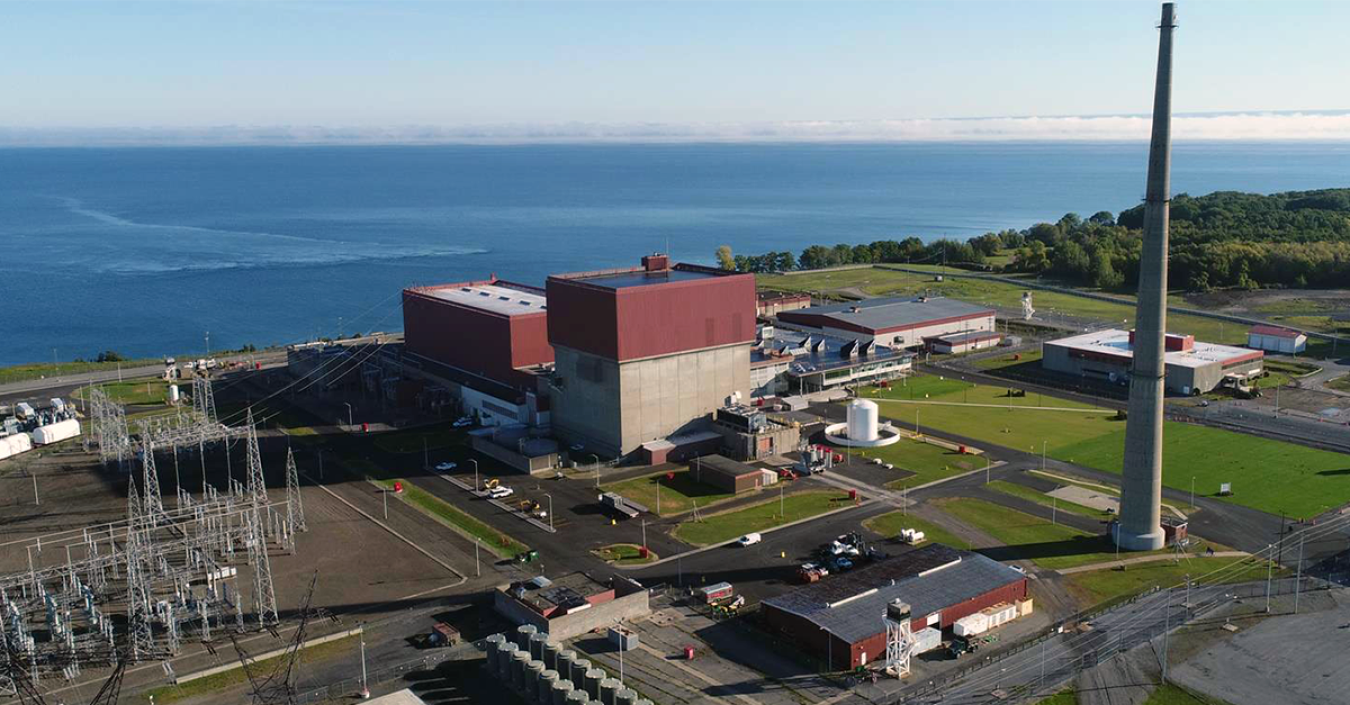
The FitzPatrick Nuclear Power Plant in Oswego County, NY.
*Editor's Note - This article first appeared on syracuse.com
Secretary of Energy Rick Perry recently visited the FitzPatrick Nuclear Power Plant in Oswego County with Rep. John Katko. It was his first official visit as Secretary of Energy to a nuclear power plant.
FitzPatrick was supposed to be another statistic. The plant was scheduled to prematurely close last year, but survived an early shutdown thanks to the state's revised clean energy policy. That included consideration of nuclear energy's unique role in supplying clean, reliable baseload power, one we can count on 24/7, 365 days a year.
FitzPatrick is a key anchor to the local economy and a national asset. Keeping this plant open keeps more than 800 megawatts of reliable and resilient carbon-free power capacity on the grid, 600 high-paying skilled jobs in Oswego County, and approximately $12 million in state and local taxes in the region. FitzPatrick is also a clean generator of electricity and avoids roughly six million metric tons of carbon annually.
A number of plants are closing early due to a variety of factors including overregulation, a lack of market value for the resilient attributes of nuclear energy, and historically low, yet highly variable natural gas prices. Since 2013, six nuclear units across the nation have prematurely closed and 13 have announced early retirement, representing more than 10 percent of the nation's nuclear capacity.
That includes the Indian Point plant Downstate. Losing Indian Point will weaken our national energy and environmental security and challenge the state's ability to provide reliable and resilient clean power to New York City.
Nuclear energy produces 33 percent of New York's electricity and 56 percent of its carbon-free power. It's the most reliable energy source on the grid, which it demonstrated earlier this year during Winter Storm Grayson. All four nuclear facilities in Upstate New York operated at 100 percent power throughout the storm, providing critical electricity to more than 3 million homes and businesses when it was needed the most.
Our nation's fleet of 99 reactors is providing an incredible service to this country and helps keep our grid diverse and secure. Despite a net loss of 12 reactors since 1990, U.S. reactors have increased power production by nearly 40 percent and produced around 805 billion kilowatt hours of electricity in 2017. This is largely due to reactor uprates and unmatched operational efficiency as compared with all other nuclear fleets worldwide.
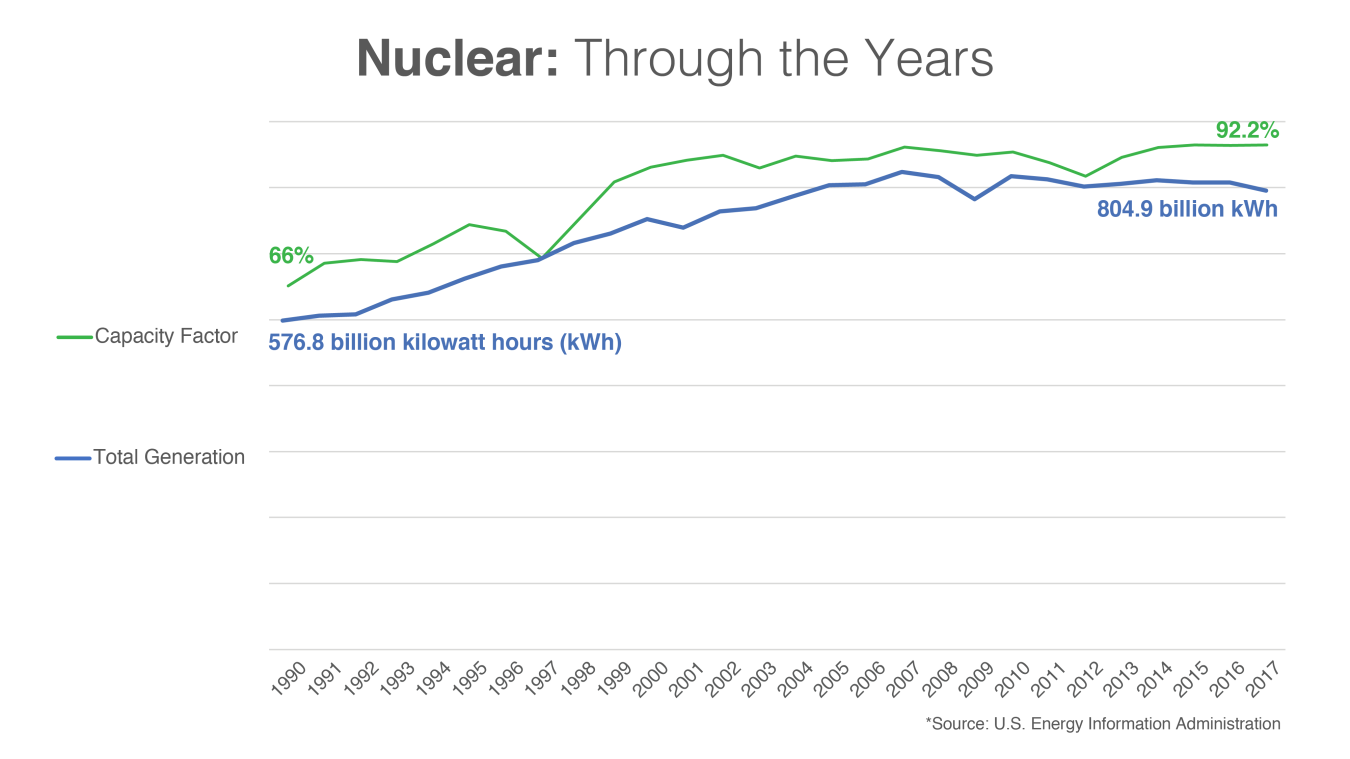
The Trump administration is committed to reviving and revitalizing the nuclear industry so that we can continue to realize the full benefit of what these reactors have to offer to our nation and counties such as Oswego. We are working with industry to digitize control rooms and develop sensors for online monitoring. We are developing new advanced fuels that could significantly increase plant performance and reduce operating costs at the same time. And we're working to develop a skilled nuclear workforce, since we recognize that those individuals are also vital for a vibrant civilian nuclear industry and as well as our national security.
These steps will give us time to bring new advanced reactors online, such as small modular and scalable reactors, often referred to as SMRs. They are absolute game-changers and will keep America at the forefront of innovation. SMRs will be less expensive to build; walk-away safe; highly versatile, such as load following and the ability to be paired with wind and solar plants; far more financeable; and able to be built in the USA -- keeping our jobs right here, where they belong.
It is truly an exciting time for nuclear, but we can't do it without our current fleet.
We need every reactor in New York and around our nation to keep our grid reliable and resilient as we prepare to meet our future energy demands.
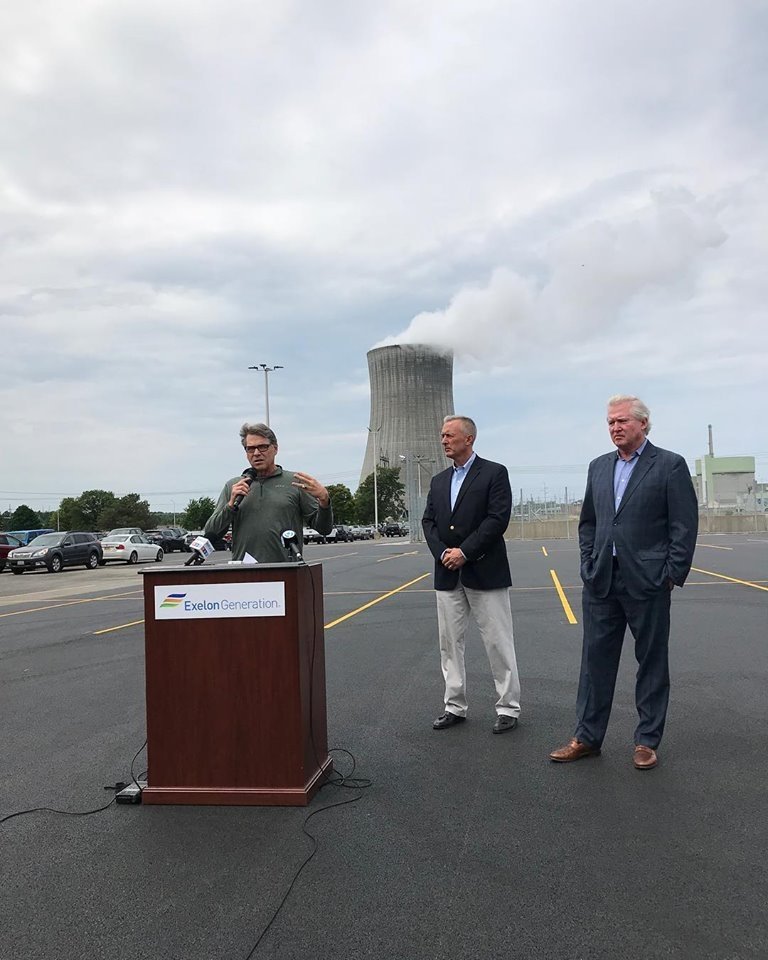
Secretary Perry Tours FitzPatrick Nuclear Plant in New York
Edward McGinnis
Edward McGinnis was formerly the acting Assistant Secretary for the Office of Nuclear Energy. Prior to that role, he served as the Principal Deputy Assistant Secretary for Nuclear Energy and the Deputy Assistant Secretary for International Nuclear Energy Policy and Cooperation. As Deputy Assistant Secretary, he was responsible for the Department of Energy's international civilian nuclear energy activities, including international nuclear energy research, development and demonstration cooperation, multilateral nuclear energy cooperation, international nuclear energy policy, international nuclear safety cooperation, and advocacy for U.S. civil nuclear exports and industry. As part of these responsibilities, Mr. McGinnis served as Steering Group Chairman of the International Framework for Nuclear Energy Cooperation that consists of more than 65 countries and 4 international organizations. He also served as the Departmental Representative in the U.S. interagency for civil nuclear energy trade and promotion. Mr. McGinnis has also served as a Vice Chairman and Principal U.S. Representative to the Generation IV International Forum and was responsible for U.S. domestic nuclear fuel assurance matters, including technical oversight activities regarding the United States Enrichment Corporation, uranium inventory management matters, as well as U.S. nuclear energy security matters.
Prior to working in the Office of Nuclear Energy, Mr. McGinnis led a number of other high-priority U.S. government initiatives at DOE, including having served as the senior director for the Office of Global Radiological Threat Reduction where he managed global operations involving the search, recovery, security, and disposal of high-risk radiological and nuclear sources in cooperation with over 40 countries, including within the United States. These activities included recovery of high-risk radiological sources from Iraq, establishment of a Global Radiological Regional Partnership Program, and the first-of-its-kind repatriation of high-risk U.S.-origin plutonium-239 sources. Mr. McGinnis also established and served as the director of the Nuclear and Radiological Threat Reduction Task Force, which was created to carry out a number of key Secretarial national security initiatives, including the development of a global nuclear materials removal and research reactor security study that included the identification of nuclear research reactors throughout the world by level of vulnerability and an action plan to effectively mitigate such vulnerabilities.
Mr. McGinnis also served as senior advisor and special assistant to four Assistant Secretaries and Deputy Administrators for nonproliferation and national security at the Department of Energy where he served as a senior advisor for all aspects of the Department's nonproliferation missions, including nonproliferation research and development, materials protection, control and accounting, and warhead security.
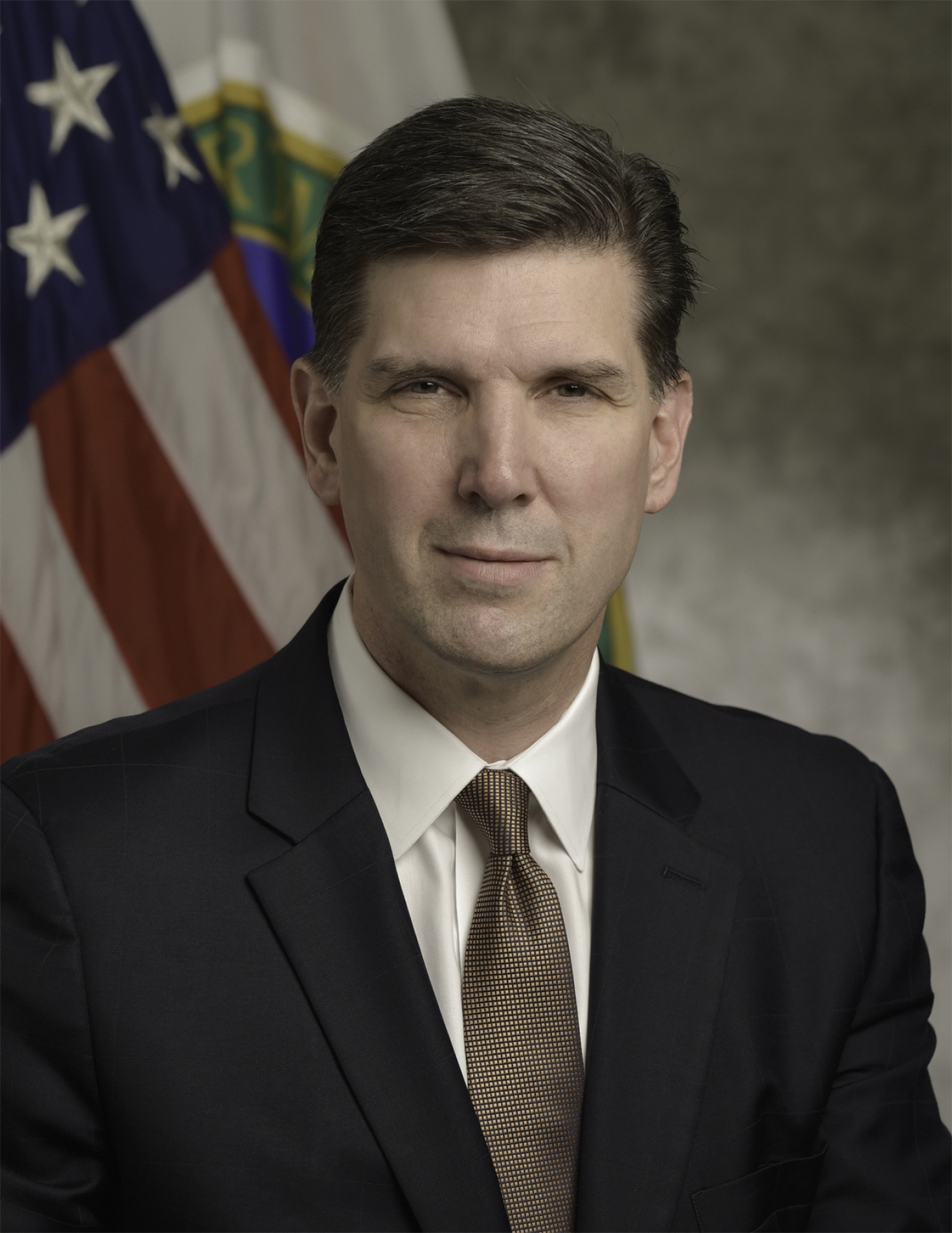
Edward McGinnis is the acting Assistant Secretary for the Office of Nuclear Energy. The Office is responsible for conducting research on current and future nuclear energy systems, maintaining the government’s nuclear energy research infrastructure, establishing a path forward for the nation’s spent nuclear fuel and high-level nuclear waste management program, and a host of other national priorities.
Prior to this role, he served as the former Principal Deputy Assistant Secretary for Nuclear Energy and the Deputy Assistant Secretary for International Nuclear Energy Policy and Cooperation. As Deputy Assistant Secretary, he was responsible for the Department of Energy's international civilian nuclear energy activities, including international nuclear energy research, development and demonstration cooperation, multilateral nuclear energy cooperation, international nuclear energy policy, international nuclear safety cooperation, and advocacy for U.S. civil nuclear exports and industry. As part of these responsibilities, Mr. McGinnis served as Steering Group Chairman of the International Framework for Nuclear Energy Cooperation that consists of more than 65 countries and four international organizations. He also served as the Departmental Representative in the U.S. interagency for civil nuclear energy trade and promotion. Mr. McGinnis has also served as a Vice Chairman and Principal U.S. Representative to the Generation IV International Forum and was responsible for U.S. domestic nuclear fuel assurance matters, including technical oversight activities regarding the United States Enrichment Corporation, uranium inventory management matters, as well as U.S. nuclear energy security matters.
Prior to working in the Office of Nuclear Energy, Mr. McGinnis led a number of other high-priority U.S. government initiatives at DOE, including having served as the senior director for the Office of Global Radiological Threat Reduction where he managed global operations involving the search, recovery, security and disposal of high-risk radiological and nuclear sources in cooperation with over 40 countries, including within the U.S. These activities included recovery of high-risk radiological sources from Iraq, establishment of a Global Radiological Regional Partnership Program, and the first-of-its-kind repatriation of high-risk U.S.-origin plutonium-239 sources. Mr. McGinnis also established and served as the director of the Nuclear and Radiological Threat Reduction Task Force, which was created to carry out a number of key Secretarial national security initiatives, including the development of a global nuclear materials removal and research reactor security study that included the identification of nuclear research reactors throughout the world by level of vulnerability and an action plan to effectively mitigate such vulnerabilities.
Mr. McGinnis also served as senior advisor and special assistant to four Assistant Secretaries and Deputy Administrators for nonproliferation and national security at the Department of Energy where he served as a senior advisor for all aspects of the Department's nonproliferation missions, including nonproliferation research and development, materials protection, control and accounting, and warhead security.
Mr. McGinnis holds a master's degree from The American University's School of International Service in Washington, D.C., and is a graduate of the Kennedy School's Senior Executive Fellows Program as well as the Program for Senior Executives in National and International Security at Harvard University.


